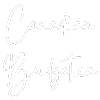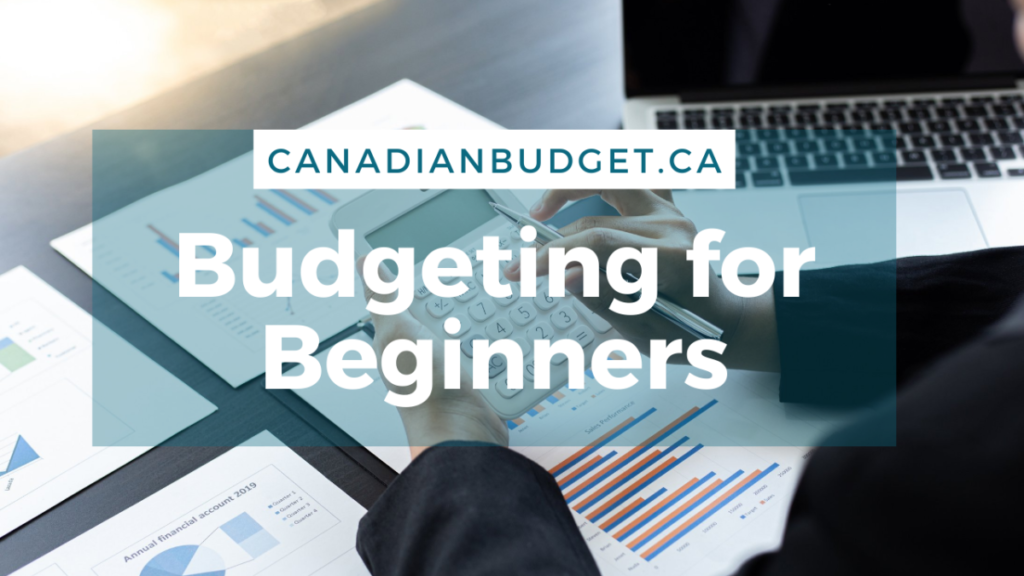Today I want to start with the basics of budgeting for beginners. Before we dive in, a big CONGRATS to you for starting to take steps toward improving your financial literacy and skills! Its not easy to try something new and step outside of your comfort zone, but this is where growth happens!!
Follow these easy steps to set up your first monthly budget to get better picture of your finances. I will walk you step by step through creating your own budget. If you prefer to grab a pre-made budget, you can find a digital budgeting spreadsheet here, and a printable budget here. These basics will help you understand the main concepts and sections needed in a monthly budget.
Budgeting For Beginners: Preparation
Table of Contents
ToggleTo get started, paper and pen (or Excel/Google Spreadsheet if you prefer) is needed to capture all the details. You will need to get the most recent copies of your recurring bills, loan/credit card statements, and pay stubs. It’s also easy to export your bank and credit card statements to excel to organize and categorize your transactions.

Write it all down
List all your monthly bills and their amounts (including debt repayment minimums). Also list your regular monthly spending categories and the estimate the amounts you spend in each of these categories. What you spend may shock you, We often underestimate our spending, even when we loosely track our spending.

Organize your budget
First, organize your expenses into 2 categories:
Expenses that must be paid each month, whose amounts are the same no matter what each month (Fixed Expenses). Expenses where the amount may change each month (Variable Expenses). You can have more categories than this, but lets keep it simple for the first go!

Format & Calculate
The basic formula for calculating is: Income – Total Expenses. If the balance is positive, this means you are spending less than you make. CONGRATS!
If it is negative, then this means you are spending more than you make, and some adjustments will need to be made.
You may want to think about how you can either increase your income, or reduce your expenses. Look at your regular monthly spending and see which categories you can reduce: Take out Food & Coffee, Clothing, Food Delivery, Subscription Services, etc.

Assess and Reorganize
There are a few things we left off this basic first version of the budget, and those are actually very important and need to be added in. This includes personal savings, emergency fund, and sinking funds. Sinking Funds are a method for you to plan and save in advance for future known expenses. For example, Christmas, Vacation, Taxes, Weddings and so on.
You can also decide if you want to focus on paying yourself first (Which I highly recommend), or implementing something like a 50-30-20 budget style.
If you haven’t set your financial goals, leave your details below and we will send you our Free Financial Goal Planner.
If you have personal debt, you can also add in a line for extra payments toward Debt Repayment. Check out these great tools for visualizing and organizing your debt repayment! Having the right tools in your arsenal can help you move toward your goal much quicker!

Reformat and recalculate
Adding in those important savings items to your fixed expenses at the top of the budget. This will help you to focus on paying yourself first. This gives you your starting point.

What’s next??
From here you need to actually track your monthly spending so you can see if you are keeping in line with your budget, or going over/under and readjust it as needed!
Do you keep a monthly budget?
What process works best for you?
Do you prefer a Digital Monthly Budget, or a Paper Based Budget? Good news is we have both!
For more content like this head over to the Budgeting section of the blog!
About The Author
Jessica Morgan
Jessica Morgan is the founder and CEO of Canadianbudget.ca. She is passionate about personal finance and helping Canadians improve their financial literacy by providing more Canadian focused financial content. A millennial mom of one, she has a burning obsession with all things personal finance.
Jessica has a BA in East Asian Studies from York University and a Masters in Business Administration from Toronto Metropolitan University. She is a career public sector employee with a Hybrid Pension, and an advocate for Canadian women to improve their personal finance knowledge.



